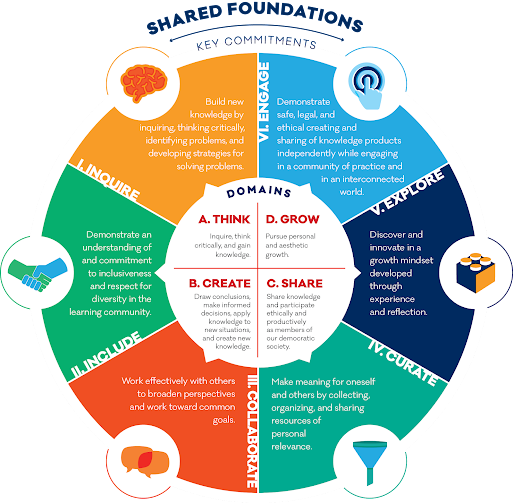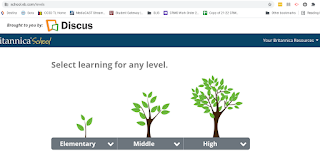Holo-SDK: Introducing Students to (affordable!) Augmented Reality
AR creates opportunities for teachers to help students grasp abstract concepts. By using the interaction and experimentation that AR technologies offer, teachers can enhance classroom experiences, teach new skills, inspire student minds, and get students excited about exploring new academic interests. (Maryville University, 2021)
Immersive technologies like virtual reality and augmented reality are SO COOL. The technology itself, and the new ways they allow us to experience the world just are undeniably exciting and fun to explore, teeming with even more potential uses as technology continues to improve and evolve. When I was in school, AR referred to the reading incentive program that let students rack up points by taking quizzes on books read- points which were later cashed in for rewards and pizza parties. Fast forward an undisclosed number of years to today, and discussions of AR in education refer instead to augmented reality, or a sort of digital enhancement to some real world entity that promotes interactivity.
There is no shortage of VR/AR tools, platforms, programs and equipment, as we all learned from this week's readings, but when it comes to affordable technologies that both serve an educational function and are scalable for use with a classroom full of students, the pool of candidates is noticeably smaller. VR headsets can go for hundreds or thousands of dollars per unit, and on the other end of the cost spectrum, cardboard and foam sets are not designed to withstand prolonged use by dozens of kids. (Tangentially-related aside: years ago, when I was due for a phone upgrade, Verizon offered me my choice of a FREE 32" TV or a VR headset with my purchase, and I wondered who in the world would choose the headset, which I saw as a passing fad. I gave that TV away recently, but it served me well for years. I've still never used a VR headset to this day.) Still, there are some really fun, affordable options that can be used to enhance classroom learning and introduce students to the power and potential of immersive tech.
Holo-SDK is a desktop AR platform that requires only a computer monitor with a webcam, and a pair of anaglyph glasses (ok, maybe 30 pair, but they are inexpensive and easy to come by. Sites like 3DMarket and Amazon sell sets for less than $1 per pair.). SDK stands for software development kit, and through the use of a webcam that can track viewers' head positions, it enables the creation of holographic scenes straight from the existing computer or laptop screen.




Hi Emily,
ReplyDeleteThis program sounds like a real possibility for me to share with my science, math, arts, and social studies teachers. I do like that it is a program where the items required to use it are either inexpensive or already on most student devices. I can especially see its use in middle and high school. My only concern would be convincing your district technology department to push it out to student devices once it is purchased (they can sometimes be weird about that). While this isn't the full VR experience many students are interested in, the accessibility would make it something I'd be more likely to look into for my school.
Thanks for your well-written and insightful post!
Hi Emily,
ReplyDeleteI like that the program is affordable and that they are offering licenses to educators. Hopefully, they will expand their offerings in the future.
I also love what you said about the VR Headsets. My daughter's boyfriend recently purchased some of the new ones which are pretty pricey. These do seem that they are here to stay, and they will probably be the new future of learning and pleasure.
Great post!
Teresa Gunn
Hello Emily,
ReplyDeleteI have never heard of this program. You were very informative which make me even more interested in the program. I think any experience with the VR students will be interested in the experience. I am just hoping that the program is affordable for all schools.
Hahaha you're AR experience made me laugh! I also associate AR with Accelerated Reading. Implementing this technology into the classroom is awesome, but most of them are extremely expensive. I like that you provided us with an option that is affordable! That is so cool that they are offering licenses to teachers in the classroom. I could definitely see this being used in classrooms due to its simplicity, usability, and price. I think this also would be a good starting point for someone considering VR. They could see how well students and teachers like this technology and how often it is used. They could then determine whether or not to invest in more expensive technology or not.
ReplyDeleteThis was a great blog post. It was informative and also funny. Great job!